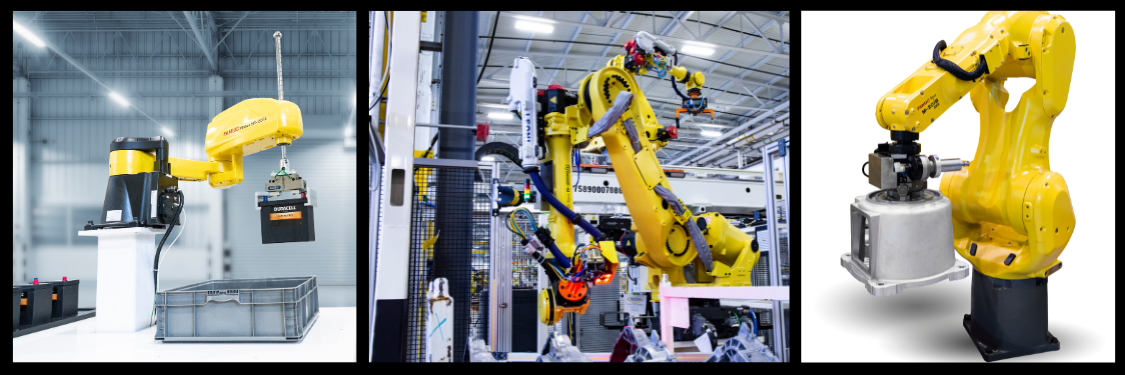Robotic arms have revolutionized manufacturing, mixing safety, precision, effectiveness, and other features that were previously impossible. These marvels of the mechanical realm, commonly referred to as robot arms, have become indispensable in the global manufacturing industry and are driven by the imperative necessity to cut operating costs and maintain high standards of quality. When integrating robotic arms in production lines, manufacturers have not only reduced costs but also improving safety in the workplace and productivity. Let’s explore how these innovative robotics are changing the industrial landscape.

Image credit: automatedsolutions.com.au
The primary force behind the global surge in robotic arm adoption is cost efficiency. The pressure on factories to reduce production errors, material waste and workplace accidents are constant. Robotic arms face these challenges head on. As opposed to humans, robot arms complete repetitive tasks with pinpoint precision to avoid costly mistakes and reducing the waste of raw material. For high-volume industries, like automotive manufacturing, robots ensure an exact assembly process by using precise welding and part placement. This can lead to significant savings because less damaged products means less rework or waste.
The safety of robot arms is also an important aspect. A lot of manufacturing processes, such as handling hazardous materials or using machines that are heavy can pose dangers for workers. By using robot arms, companies can eliminate workers from dangerous areas. This minimizes the possibility of workplace injury. Robotic arms, which are designed as a kinematic chain of moving joints, mimics the functionality of a human arm but without the risk of physical harm. The machines are fitted with robotic hands or programmable end-effectors. They can be used for tasks such as grasping, spinning and welding, in conditions that make it unsafe for humans.
The flexibility of robotic arms is what makes them an effective game changer across diverse industries. From assembly for automobiles to electronic production, robot arms adapt to a range of tasks. The programability of these arms lets them perform complex tasks like painting or applying fiberglass at an unparalleled degree of precision. In warehousing and storage, robotic arms have transformed palletizing, making it easier to load goods onto pallets using precision and speed. Automation increases productivity and reliability because robot arms work continuously and never get tired.
Cobots are a new breed of robots that operate together with humans. As opposed to traditional industrial machines that are limited to isolated cells, the cobots that are equipped with robotic arms are engineered for safe, seamless interaction with humans. In a manufacturing environment cobots’ robotic arms may be capable of handling heavy lifting or tasks that are repetitive, freeing humans to concentrate on more challenging tasks. This type of collaboration boosts productivity while maintaining a safe working surroundings, as cobots can be trained to stop or change their actions if a person is in the vicinity.
The significance of robotic arms goes beyond safety and efficiency to the fundamental structure of modern manufacturing. Their capability to do tasks such as welding, assembly, or material handling with extreme precision has helped them become indispensable in high-risk industries. In the production of automobiles, for example robotic arms can rotate and place parts during assembly to ensure that they are aligned perfectly without the need for human intervention. In the field of electronics, robotics are used to handle delicate components, which can reduce damages and improves the quality of output.
As industries continue their evolution robotic arms’ importance will increase. They’re an integral part of the future of manufacturing because of their ability to reduce costs, improve safety, and be able to adapt to different tasks. Robot arms, which blend the latest technologies and human creativity They are not just tools they are also partners in the process. They fuel innovations and revolutionize how the world is constructed.

